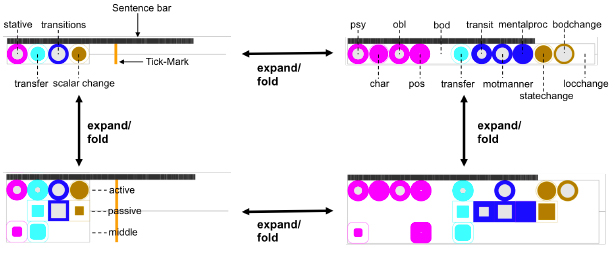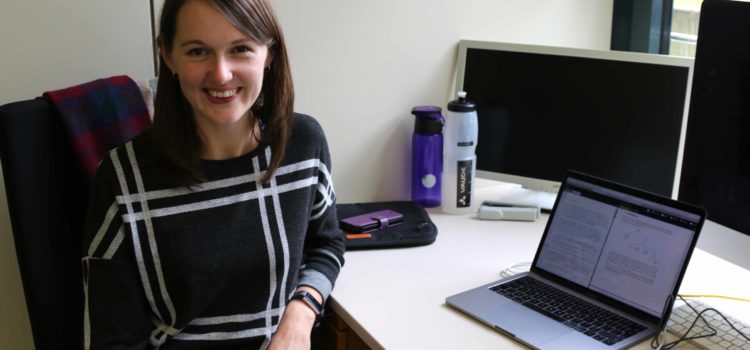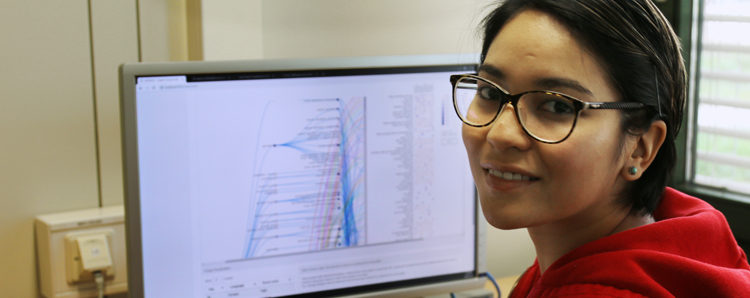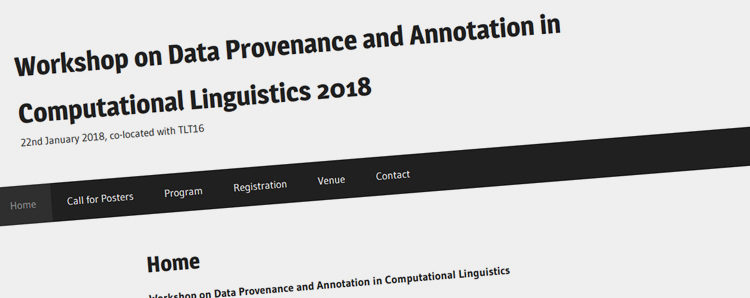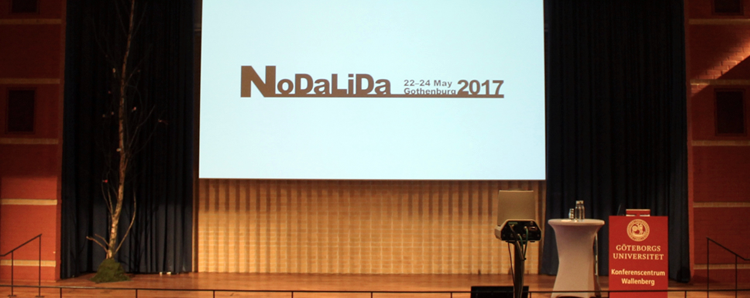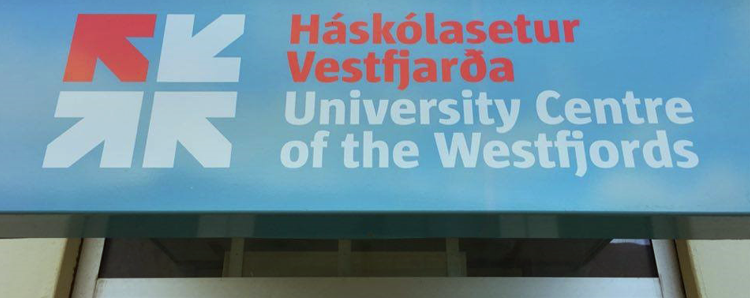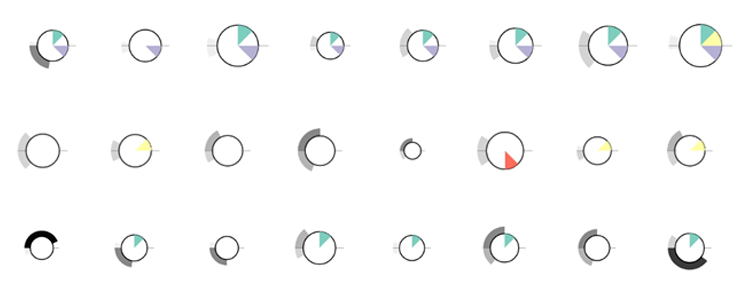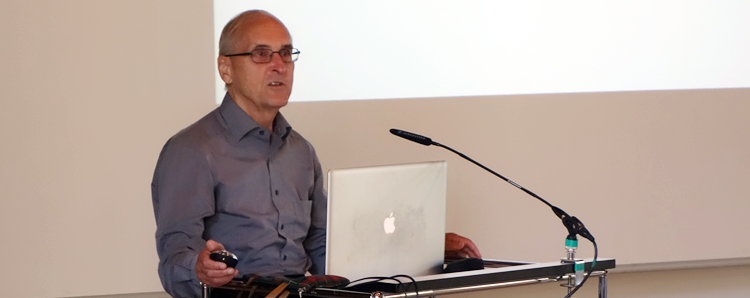Linguistic data is inherently multidimensional, with complex interactions between
different linguistic features and structures being the norm rather than the
exception. Historical linguistic change typically is the result of such complex interactions.
The core remit of historical linguistic work is to identify a language change
and to understand how different relevant factors have interacted with each other
across time to effectuate the change.
Dative Subjects: Historical Change Visualized
